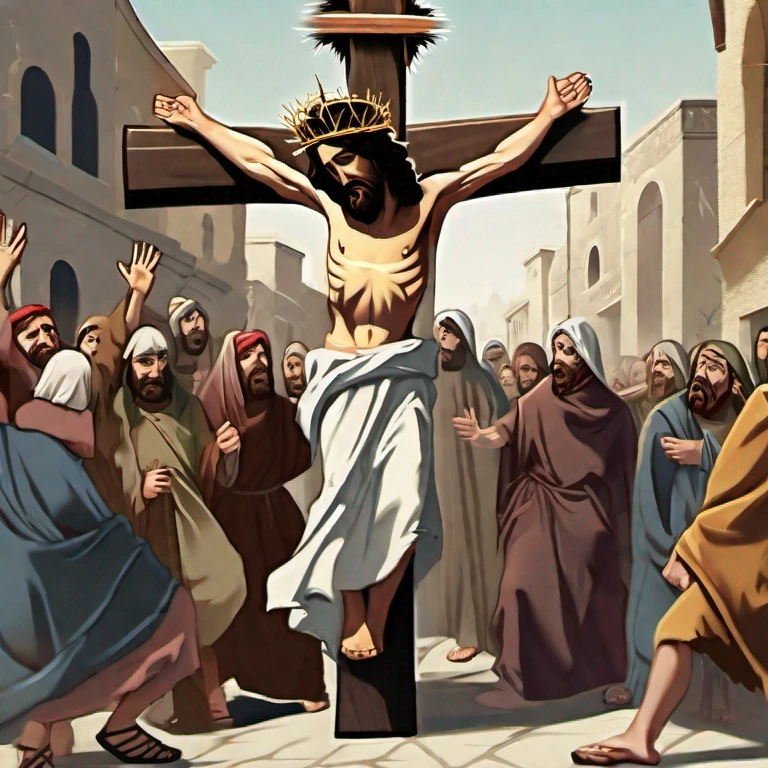The Via Dolorosa, also known as the “Way of Suffering,” holds immense historical and religious significance. It stands as a symbol of Jesus of Nazareth’s final journey before his crucifixion. Transporting ourselves back in time, let us imagine what it would have been like for Jesus to walk down this path, surrounded by a multitude of emotions and historical events.
Historical Context
The year was approximately 30 AD, amidst the turbulent period of Roman occupation of Jerusalem. The city was abuzz with people from different regions who had flocked for Passover, one of the most important Jewish festivals. Among the crowds, Jesus, a charismatic preacher, found himself destined to traverse the path of Via Dolorosa.
The Unyielding Crowd
As Jesus commenced his agonizing journey from the Antonia Fortress, he would have encountered a surge of people lining the narrow, cobblestone streets. These individuals, caught in the fervor of Passover, hailed from all walks of life. Some followers accompanied Jesus, while others jeered or remained indifferent. The atmosphere would have been tense, filled with whispers and commotion as the crowd grew in curiosity and trepidation.
The Heavy Burden
Jesus, carrying the weight of the world upon his shoulders, bore the physical burden of a wooden crossbeam as he progressed along Via Dolorosa. The scorching sun beat relentlessly upon him, intensifying his suffering. The cross he carried symbolized not only his own impending crucifixion but the burdens of humanity’s sins that he willingly took upon himself.
Interactions with the Onlookers
Despite his physical and emotional anguish, Jesus sought to connect with those he encountered along the way. Amidst the clamor, he exchanged glances with a grieving mother, infused hope into doubting eyes, and offered solace to those in distress. Amidst the crowd, many felt a sense of awe, compassion, or bewilderment at the sight of this remarkable figure traversing the Via Dolorosa.
Religious Significance
The fourteen stations marked along Via Dolorosa denote specific events during Jesus’ journey. These stations have come to hold profound religious significance for Christians worldwide. They represent moments such as Jesus’ condemnation, the encounter with Simon of Cyrene, Veronica wiping his face, and the meeting with his mother, Mary. Each station serves as a reminder of the immense sacrifice made by Jesus for the redemption of humanity.
Sacred Journey
Walking in the footsteps of Jesus along Via Dolorosa brings us closer to a historical era imbued with immense religious significance. The path speaks of struggle, compassion, and sacrifice—a symbol of Jesus’ unwavering devotion to his mission. As we reflect upon this sacred journey, it reminds us of the need for empathy, love, and understanding in our own lives, echoing the teachings of Jesus that continue to inspire millions around the world.
